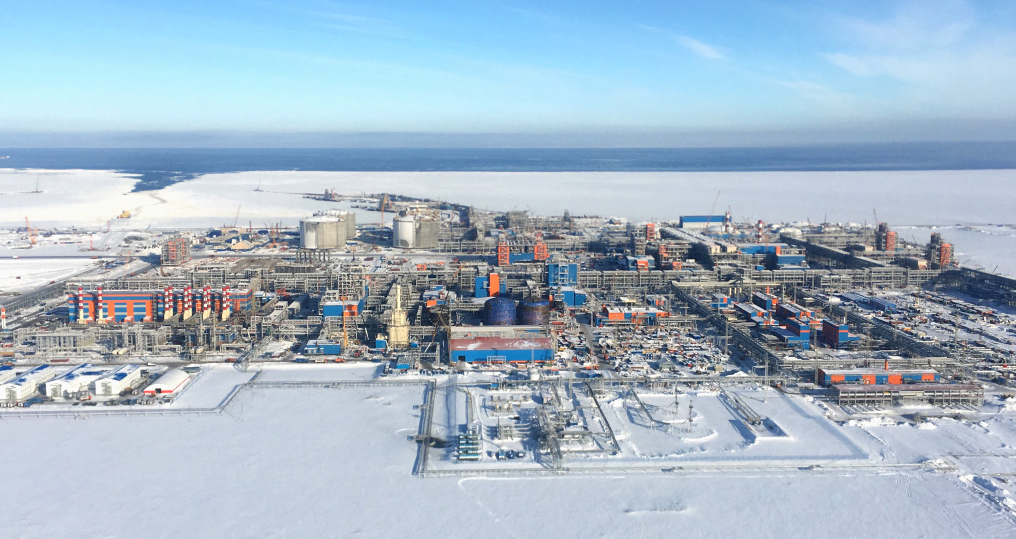
As we enter 2019, the mood in the LNG market is mixed. The big LNG buyers are back, and we are set for a record year for supply in terms of both production growth and new project FIDs. What will 2019 look like? And what could happen that will shape the market longer term?
Gas prices will fall
Asian LNG demand growth will not keep pace with LNG supply and Europe, northwest Europe in particular, will have to absorb the surplus, especially during the summer. But Europe needs additional imports and flexibility, given its increased reliance on maxed-out Russian and Norwegian imports.
While there will be more LNG imports than required, providing competition to pipe imports and putting pressure on prices, we think this will unlikely bring the level of oversupply that some fear.
Our forecast for 2019 is for title transfer facility (TTF) to average US$6.90/mmbtu (from US$8/mmbtu in 2018) and Asian LNG spot prices to average US$8.50/mmbtu (from US$10.30/mmbtu in 2018) assuming normal weather patterns. But weather is something we will watch closely in Q1 2019, a mild end to winter could send more LNG into Europe and drive prices down further.
Record year for LNG project sanctions
Despite a rebalancing global LNG market, 2019 will be a record year for LNG project sanction, with in excess of 60 mmtpa of capacity likely to take FID, well above the previous 45 mmtpa sanctioned in 2005 and a tripling of the 21 mmtpa sanctioned in 2018.
Frontrunners in the race to hit FID include the US$27 billion Arctic LNG-2 in Russia, at least one project in Mozambique and three in the US. Our picks in the US are Golden Pass, Calcasieu Pass and Sabine Pass Train 6. The small Woodfibre project in Canada may also get the green light in 2019 as well. Other projects in the US, Qatar, Papua New Guinea, Australia and Nigeria are targeting FID in 2019 too, providing upside to our already bullish view.
Economic downturn would add further pressure on prices
Following eight years of global economic growth, economists agree a downturn is simply a matter of when and how deep.
A recession would bring gas/LNG demand and oil prices down, delay FIDs and push the global LNG market back a few years. But there could be a worse scenario for the gas market: a major economic downturn happening in 2020 or 2021, just after 60-100 mmtpa of LNG has taken FID. That would wipe out our forecast price recovery post-2020 and make our forecast that prices soften a little around 2025 look a lot worse.
China’s LNG demand growth to slow down
Economic slowdown, a more considered approach on coal-to-gas switching and increased domestic infrastructure availability will mean LNG demand will slow in 2019, from the 40-45% growth we have seen in 2017 and 2018. But China will still grow at around 20%, by far the largest source of LNG demand growth in the global market.
However, China announced a series of gas policies in 2018, aimed at relieving supply tightness and import dependency.
In 2019 there will be more clarity on the level of ambition of Chinese domestic supply growth and the ramp-up of Power of Siberia. We are bullish about both and the competition they will provide for LNG growth potential post-2020.
Backlash against coal
Coal-to-gas switching in China and recent coal power retrials in Europe, has provided headroom for gas demand growth.
In South Korea, a new electricity plan will be introduced in 2019. This may push further the adoption of higher taxes on imported coal and make the restrictions which were imposed on old coal plants last year more onerous. In Japan, the government could scrutinise the 8 GW of coal under construction and the 8 GW at the planning stage more heavily, after most of the country’s financial institutions toughened their lending criteria for new coal projects.
In India, the National Clean Air Action Plan is aiming to reduce PM 10 and 2.5 concentrations by 20% to 30% over the next five years. If it is rigorously implemented, it could force the shut down of old polluting coal plants. And in Germany, the Coal Commission will publish its recommendations on the timing of coal phase-out on February 1st. A leaked document suggests initial phase out could start as early as 2022.
Wood Mackenzie already forecast declining coal usage in these countries. But the scale of what is at stake in those decisions could well exceed our assumptions.
Ukraine transit contract expires
The transit and supply contract between Gazprom and Naftogaz is due to expire at the end of 2019.
By the end of 2019 we will have clarity on the commercial terms for Russian gas transiting Ukraine in the early 2020s. A new commercial agreement is the most likely outcome. But relationships between Ukraine and Russia remain fraught and a no-Ukraine transit scenario cannot be ruled out. Should that happen, Europe would be at risk of supply disruption in 2020, rather than oversupply.
Recommended for you
